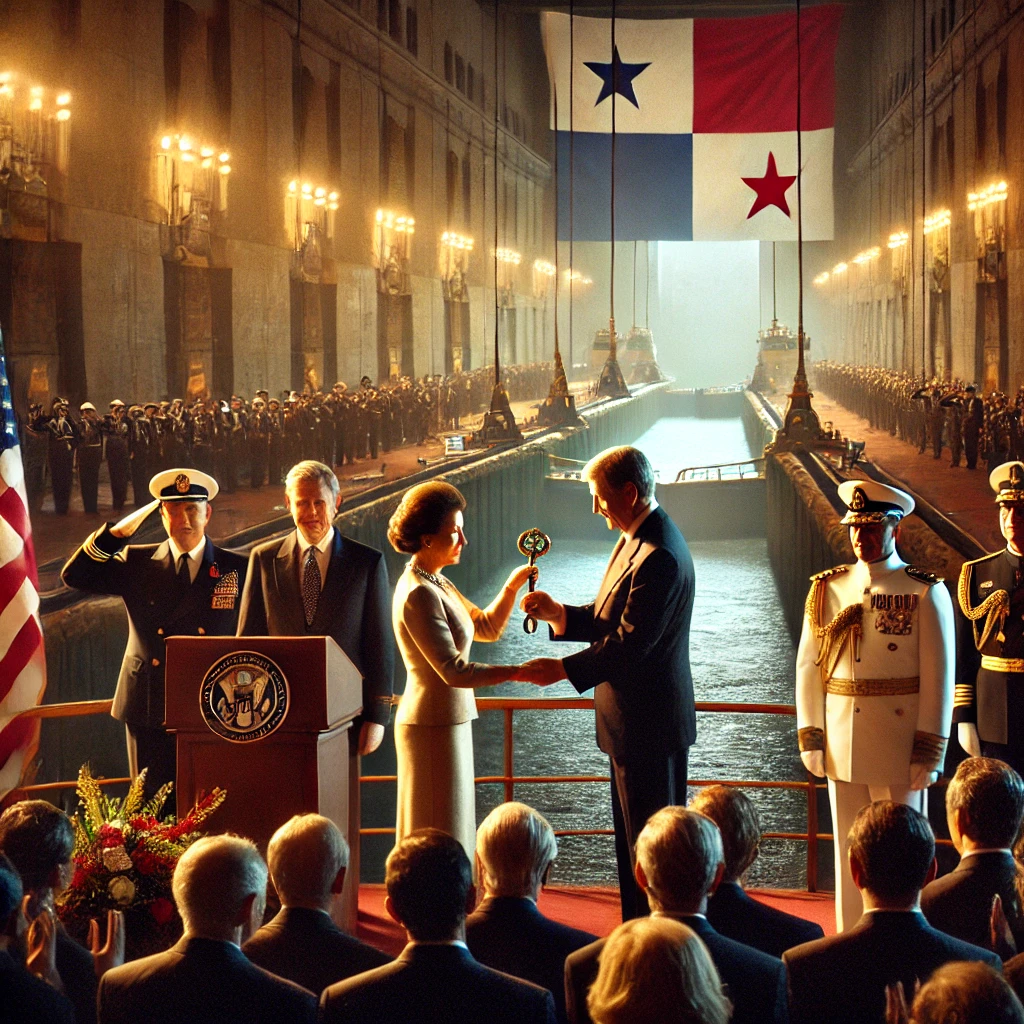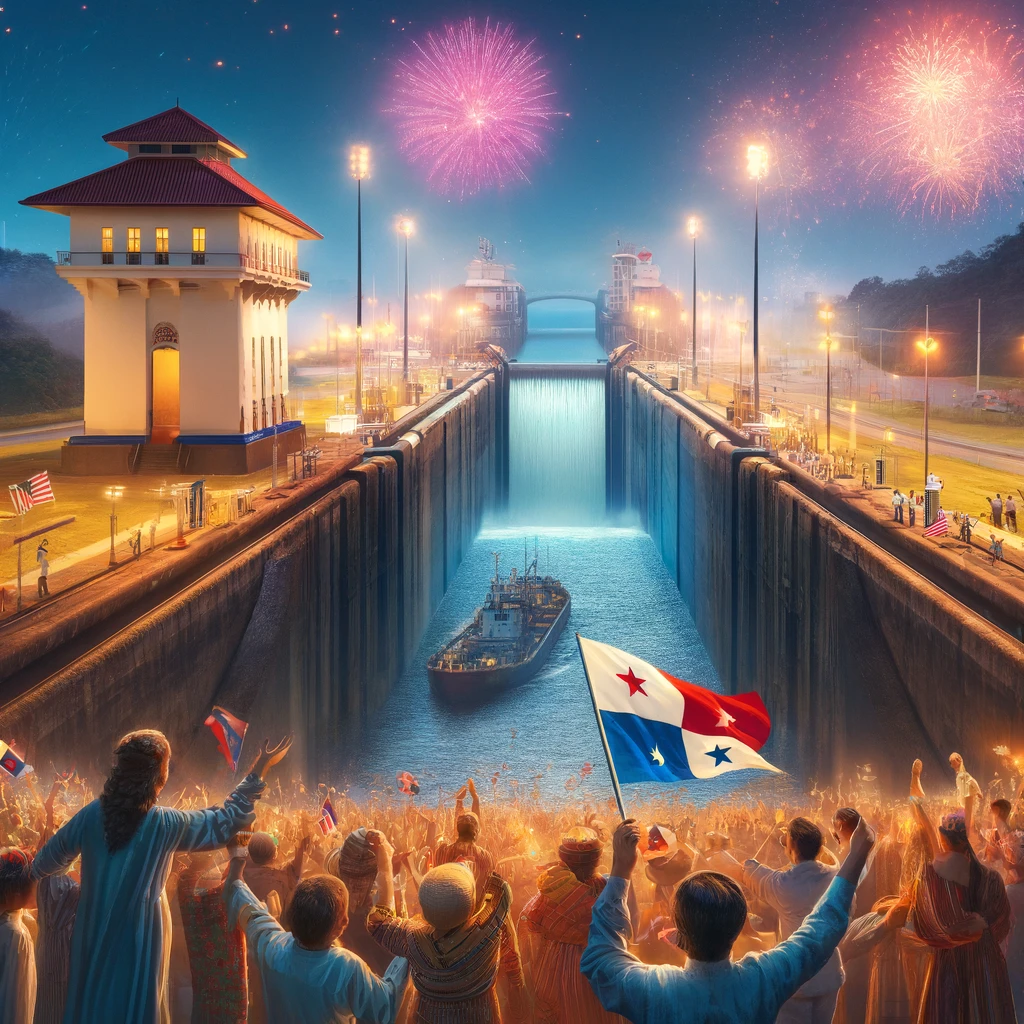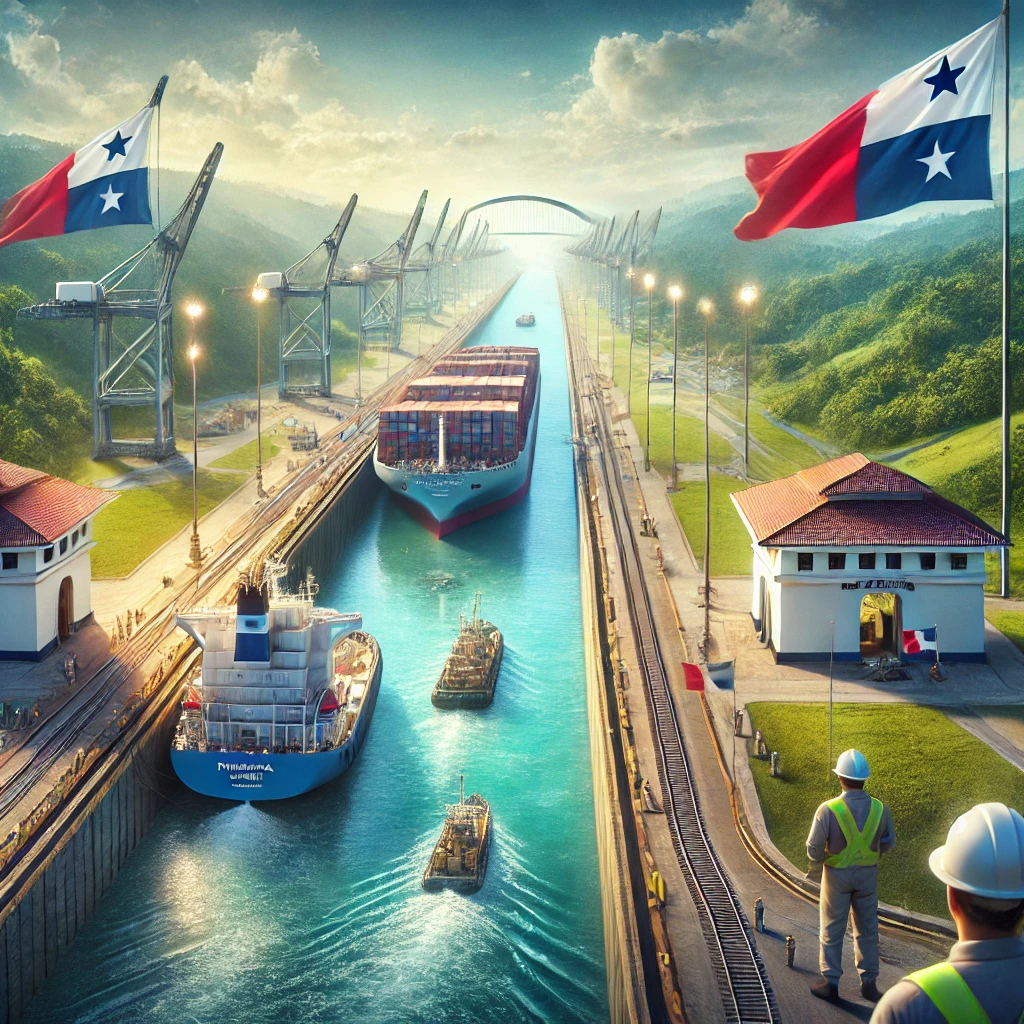On December 31st, 1999, control of the Panama Canal was officially handed over to Panama, marking a significant milestone in the nation’s history. This momentous event ended nearly a century of U.S. administration of the canal, which had been under American control since its construction. The transfer of control was a landmark moment not only for Panama but also for the broader geopolitical landscape, symbolizing the country’s growing sovereignty and marking the end of an era in U.S.-Panama relations.

The History of the Panama Canal
The idea of a canal connecting the Atlantic and Pacific Oceans dates back to the early 16th century, but it wasn’t until the late 1800s that serious efforts were made to construct one. After the French failed to complete the canal project under the leadership of Ferdinand de Lesseps, the United States took over the endeavor in the early 20th century. In 1903, following the separation of Panama from Colombia, the U.S. secured a treaty with the newly formed Republic of Panama to build and control the canal. The construction, which took a decade and involved significant loss of life, was completed in 1914.
For nearly 85 years, the canal remained under U.S. control, serving as a vital trade route that connected the two oceans and significantly boosted global commerce. However, the U.S. presence in Panama was a source of tension, with Panamanians increasingly dissatisfied with the control of their territory. Over time, the desire for full sovereignty over the canal grew stronger, leading to negotiations between the U.S. and Panama for the eventual transfer of control.

The Torrijos-Carter Treaties
The decision to transfer control of the Panama Canal to Panama was the result of the Torrijos-Carter Treaties, signed in 1977 by U.S. President Jimmy Carter and Panamanian leader Omar Torrijos. These agreements outlined a timeline for the gradual handover of the canal, which would be completed by the end of 1999. The treaties were a significant diplomatic breakthrough, as they addressed the long-standing issue of Panamanian sovereignty over the canal, while ensuring the continued operation of the waterway.
While controversial at the time, the treaties represented a shift in U.S. foreign policy toward recognizing Panama’s right to control its own territory. The agreements also included provisions for the maintenance and operation of the canal by both countries, with the United States continuing to have a role in the security and functioning of the waterway, even after the handover. This landmark deal was a step toward fostering better relations between the U.S. and Latin America.
The Handover of the Canal
On December 31, 1999, the long-awaited handover took place in a ceremony attended by both U.S. and Panamanian officials. The transfer of control was a moment of national pride for Panama, symbolizing the country’s full sovereignty and its newfound control over one of the world’s most strategic waterways. The event was seen as a culmination of Panama’s fight for autonomy and a testament to the diplomatic efforts that led to the peaceful transition of control.

The handover marked a peaceful resolution to a contentious issue and set the stage for Panama to take on a more prominent role in global trade and international diplomacy. As the canal became fully under Panama’s control, the country undertook significant infrastructure upgrades and modernization efforts to keep the waterway competitive in the 21st century.
The Legacy of the Canal Handover
The handover of the Panama Canal has had lasting effects on both Panama and the broader world. For Panama, the canal is not just an economic asset, but also a symbol of national pride and sovereignty. Since the handover, Panama has used its control over the canal to bolster its economy, improving its infrastructure and increasing its status as a key player in global trade. The canal remains a crucial maritime route, and Panama continues to benefit from the tolls and revenues generated by its operation.
For the United States, the handover was a recognition of the changing geopolitical dynamics and the importance of respecting the sovereignty of nations. While the U.S. still maintains a strong relationship with Panama, the event marked the end of an era of direct control over a vital global asset, reshaping the U.S. role in Latin America and signaling a new phase in the post-Cold War world.
The official handover of the Panama Canal to Panama on December 31, 1999, marked the end of nearly a century of U.S. administration and was a momentous event in the history of both nations. It was a symbol of Panama’s sovereignty, a testament to successful diplomacy, and a sign of evolving global relations. The canal continues to serve as a vital international trade route, and Panama has prospered in the years since, demonstrating the lasting significance of the transfer. This historical moment not only changed the course of Panama’s future but also reshaped the geopolitical landscape of the Western Hemisphere.
